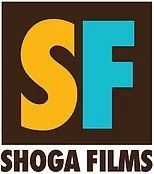Tongues Untied - A Gay Black Man Revisits His Cinematic Roots

- A Gay Black Man Revisits
A few years before he died, the visionary arts philanthropist Jim DeSilva told me a story that I have not forgotten. DeSilva, who famously returned to school at age 50 to study art history at Columbia University, recalled an afternoon visit to one of New York’s museums. Strolling through the galleries, he came upon a post-modern work that utterly confounded his sensibilities. Observing DeSilva’s look of perplexity and disdain, another patron – a significantly older man – approached and posed a single question: “Yes, but how does it make you feel?!”
If I remember correctly, this incident happened before DeSilva had any thought of taking up formal graduate studies. The future benefactor of the Stuart Collection at the University of California, San Diego, said that this moment immediately and forever changed his perspective on art, and his story has forever changed mine as well
Still, as I prepared recently to revisit writer-director Marlon Riggs’ groundbreaking 1989 film Tongues Untied for the first time in 15 or more years, I found myself wondering what I would think of the film and not so much how I would feel about it. Could the concerns conveyed by the film now seem closer to pre-Stonewall perspectives than to perspectives that drive today’s queer discourse? It is one thing to look on the viewpoints of another age in a traditional documentary and judge them as artifacts of history. It is another matter to consider them in a film such as Tongues Untied, which is part documentary, part poetry, part performance art. Insofar as Riggs wanted his film to be a work not only of its time but also expressly for its time, would the film’s particular voice be one that could reach viewers from subsequent generations or would that voice seem dated?
I prepared myself for disappointment, and I feared that my worry was appropriately placed when I re-encountered the performance-poetry device upon Riggs heavily relies and that seemed to be a staple of African-American stage work in the 1960s and beyond. I need not have feared. Jim DeSilva had shown me the way forward. Indeed, perhaps even the performance-poetry device has been more a distraction of the head than of the heart.
Riggs (“Silence is my shield….”) wanted his film literally to free silenced tongues, so that they might speak of all-but-unspeakable wounds and speak to the fundamental strength and belonging of a people, so that in speaking these tongues might help all of us to heal. It is precisely on these terms that Tongues Untied succeeds. And, yes Riggs absolutely did seek to succeed for all people, understanding that no one person can be truly healed unless all are healed, that no one community can be truly healed unless all communities are healed.
As I re-watched and remembered Tongues Untied, I swiftly transitioned from the head game of critical scrutiny to the felt conviction that the film succeeds admirably. In one hour, Riggs presents what for many gay African-American men, for many African Americans period, for many LGBTQ people period were among the defining hallmarks of a decade, from snapping and voguing to increased recognition of the prevalence and insidious, horrific impact of bullying, gay bashing, religious hypocrisy, internalized homophobia and racism, LGBTQ invisibility in African-American communities, and African-American invisibility in queer communities. And he presents all with a hip-hop cadence that was not then typical of films reaching large audiences, though it was commonplace in recorded music.
Riggs shows gay African-American men living their reality, and here is the key: He does so never as an observer but always as both subject and object of the film. While gay African-American men supply the voices and the faces of the complex panoply that is Tongues Untied, what these men--and Riggs--experienced was emblematic of what countless others endured then and endure today. We may comprehend this universality more readily now than we could in 1989.
There were surprises, too. It is 1989, and yet for the first three quarters of the film there are only oblique passing references to HIV. Then, after 45 minutes, deliciously provocative themes of lovemaking and eroticism that have been interspersed throughout the film explode into one of the most memorable of poet-activist Essex Hemphill’s many memorable lines: “Now we think as we fuck.” (Hemphill’s commentary, that of author-activist Joseph Beam, and Riggs’ own prose-poetry are consistently trenchant.)
On this viewing, and from nearly the outset of the film, I found myself wondering how many of the men depicted in Tongues Untied are alive today. In 1989, to what extent did I consciously ponder how many of the men would survive another five, ten, or now 25 years? Riggs is reported to have learned of his own HIV+ status during the making of the film: “I discovered a time bomb ticking in my blood.” He would die of HIV-related causes in 1994 at age 37, and one cannot help imagining how Riggs’ HIV diagnosis may have changed the course of the film.
Another surprise: the stunning physical beauty of the men. Many of the men embody non-traditional, non-conventional standards of beauty; yet the beauty is so utterly evident that I found it mind-blowing. Marlon speaks to it: “I was blind to my brothers’ beauty and now I see my own.”
My feelings upon revisiting Tongues Untied were numerous. To be sure, I felt anger and sadness about how little has changed. I know that this film depicts the reality, virtually unchanged, of too many lives today. I also felt an ongoing multi-layered grief with respect to HIV’s impact. I also felt gratitude because of course there has been movement in our communities. Despite the layers of sorrow, I felt joy and exhilaration watching the film more than anything else. I felt these things because Marlon Riggs captured a world and time that might otherwise might be lost. Tongues Untied is a documentary in the most literal sense, and an important one.
In commentary that is included on the Tongues Untied DVD edition that I watched, Black AIDS Institute founder Phill Wilson reminds us that in the film Marlon Riggs exposed himself when few others did. He took this step with the conviction that people cannot love whom they do not know. So let black gay men be known – let the world know us. The film continues to move and inform because Marlon, willing to let himself be seen, proceeded to create his film from a place within himself of the purest motives and intentions.
Who can say what legacy Marlon Riggs might have created had he lived another 20 or 50 years? Yet Riggs is a man who in this film and in a tragically short career did reveal himself to a rare degree. Because he did this and enlisted others to do the same before the camera, more of us now know, can love, and often do love African-American men and women, gay men and women, transgender brothers and sisters, and in general more people of more creeds and colors. This fuller capacity to love graces and enriches us all.
Recent Posts
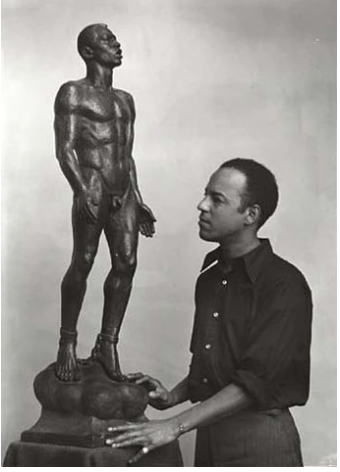
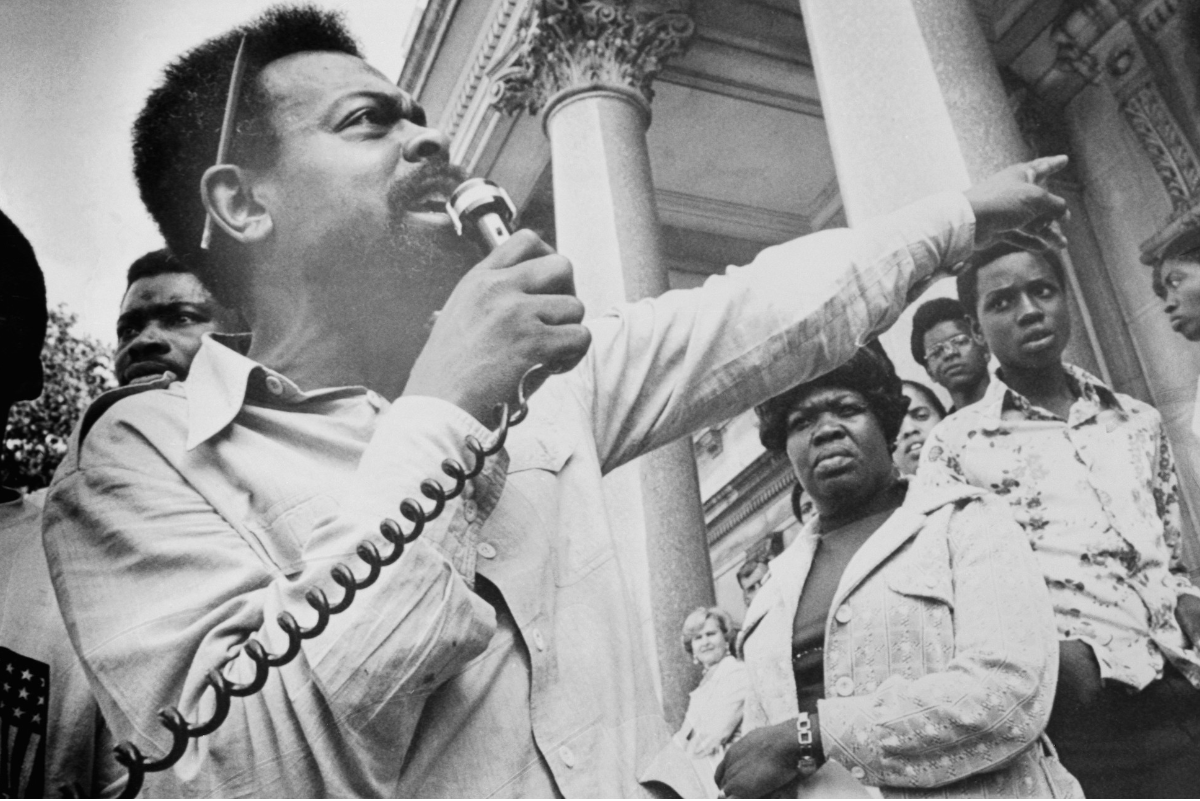
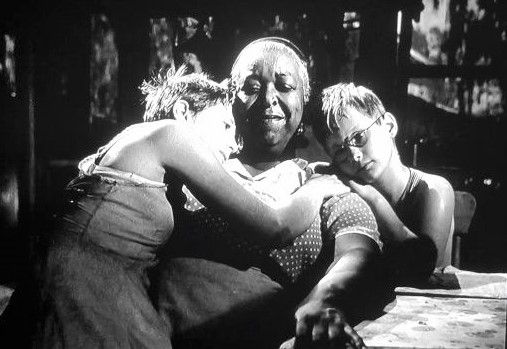
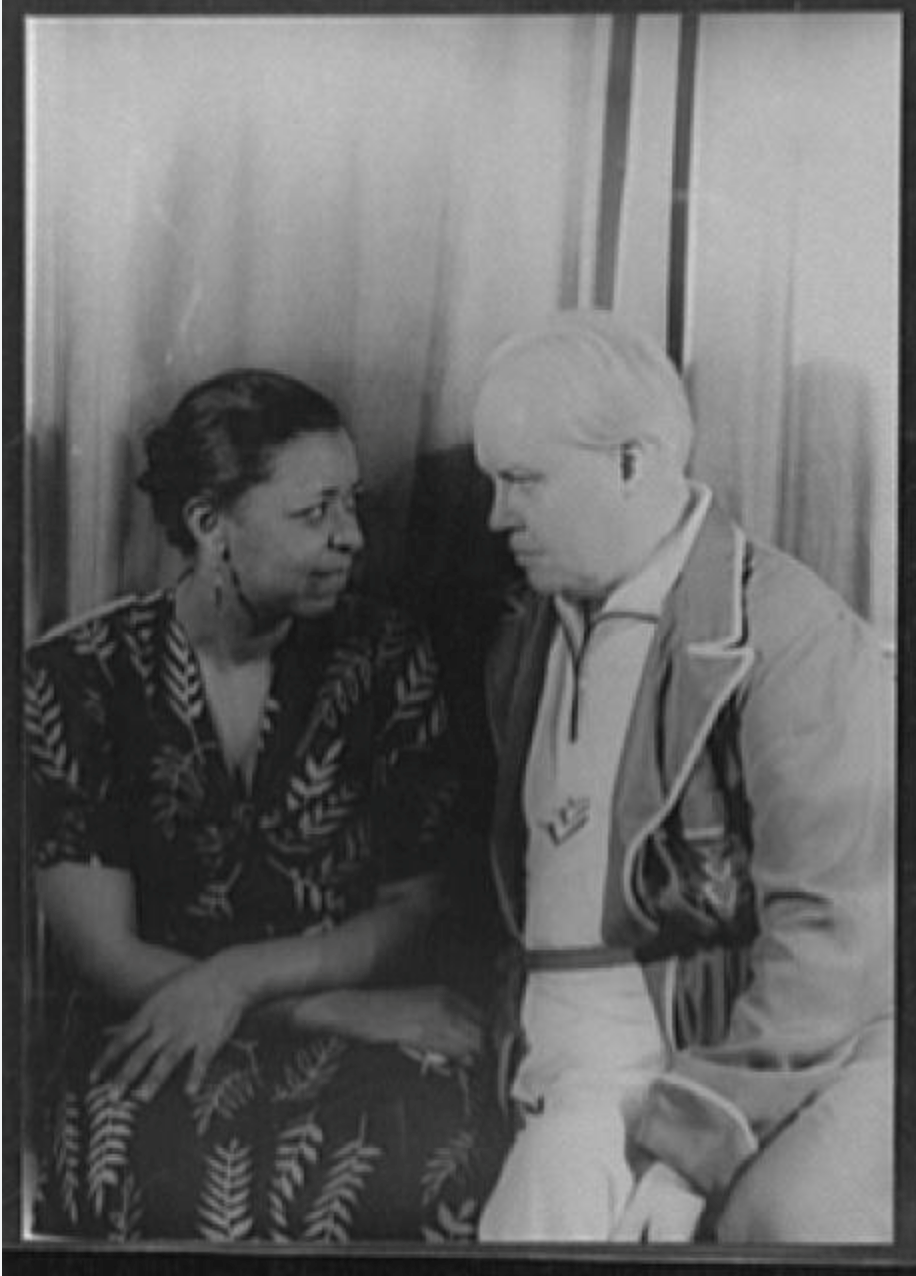
SHOGA FILMS is a 501(c) (3) non-profit production and education company. We create multimedia works around race and sexuality that are intended to raise awareness and foster critical discussion.
Contact Us
All Rights Reserved | Shoga Films
Stay Connected
Thanks for subscribing!
Please try again later.

